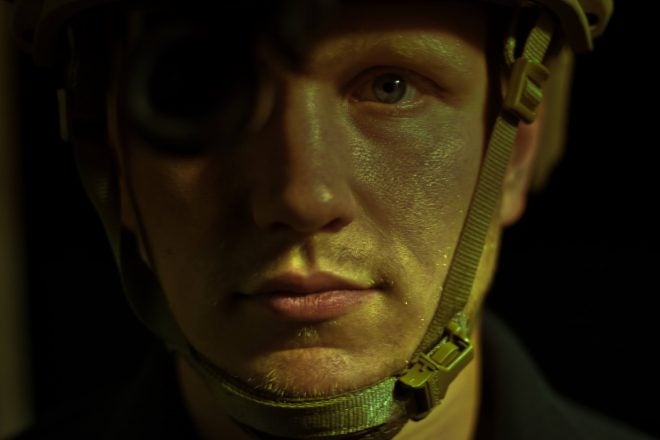Night vision goggles are a great tool but are not always practical. Sometimes we simply have to utilize our natural night vision. In order to get the most out of our natural night vision we should understand how our eyes see at night.

While dual tube night vision is very beneficial it is not always practical. Photo Credit: @sweetmarlena87
Anatomy and Functions
Our eyes see in a vast span of lighting conditions, from a bright sunny day to the darkest night. This is accomplished by different parts of the eye working together. These parts are the pupil, rods and cone cells, and photopigments. The pupil is responsible for how much light is allowed into the eye. Like the aperture on a camera it grows and shrinks to allow the proper amount of light. This can be seen when someone is exposed to a bright light and their pupil quickly shrinks.
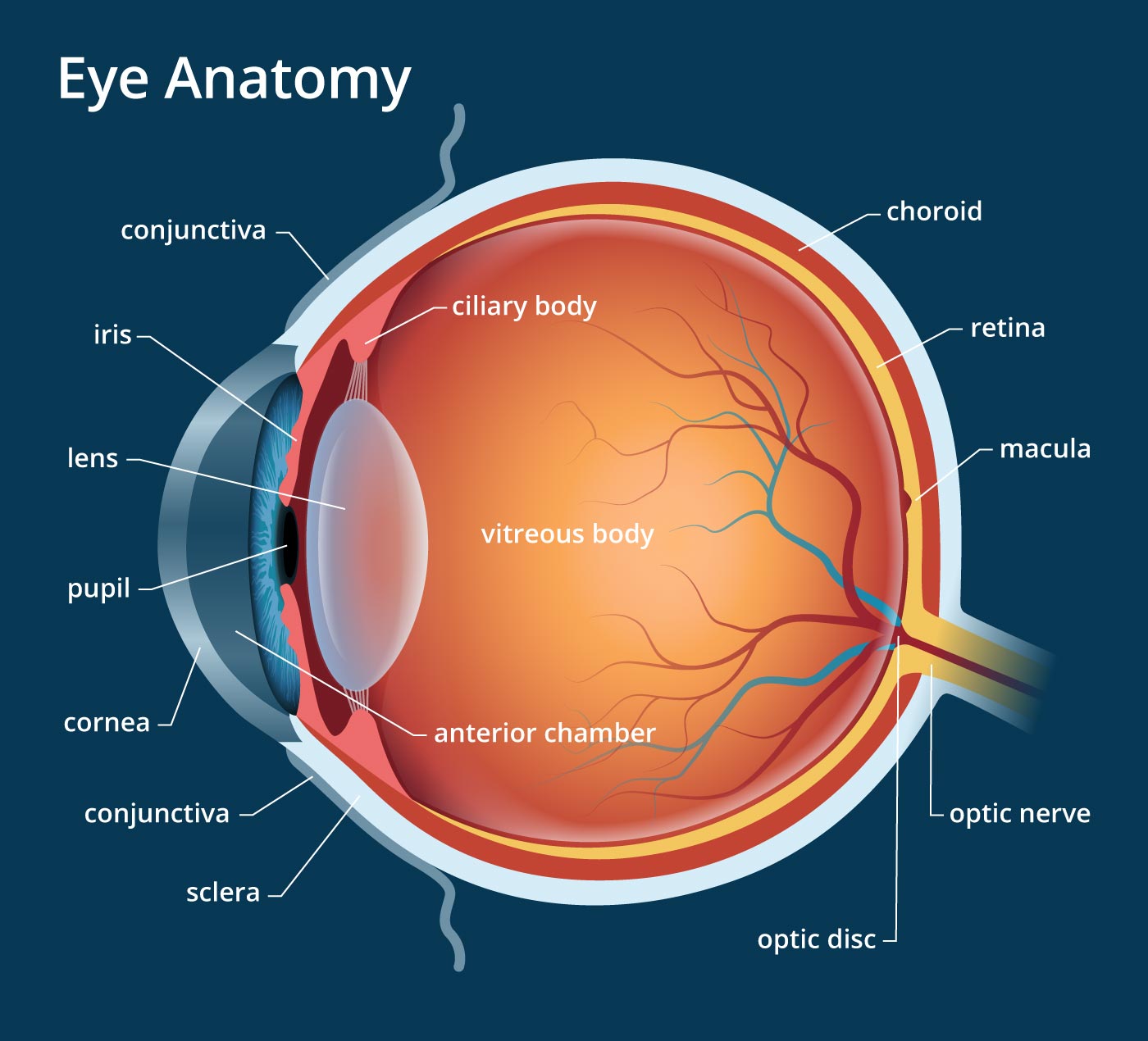
As the pupil grows or shrinks it increases or decreases the amount of light allowed into the eye.
Source: https://www.allaboutvision.com/resources/anatomy.htm
The rod and cone cells determine the color and perceived detail. With enough light cone cells pick up color and fine details for the image we see. In the dark rod cells allow us to see better but provide a black and white image with poor detail.
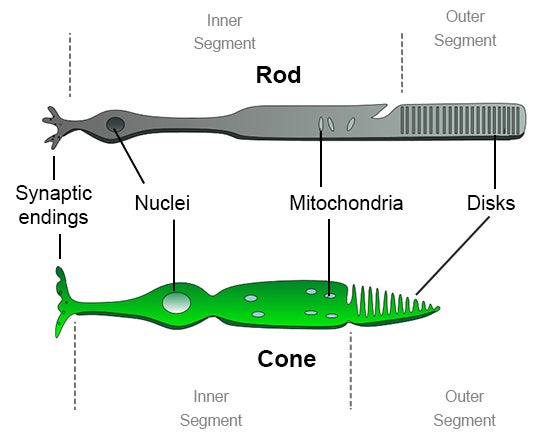
The rod and cone cells determine the color and perceived detail.
Source: https://askabiologist.asu.edu/rods-and-cones
Reaction to Light
Photopigments are light-sensitive chemicals in both rods and cones. Light causes a chemical reaction with the photopigments that convert the light to electrical energy our brain can interpret. Rhodopsin is the photopigment that enables night vision. However, it is very light sensitive and will decompose when exposed to bright light sources. Some animals that need to see in the dark have many more rods than a human eye.
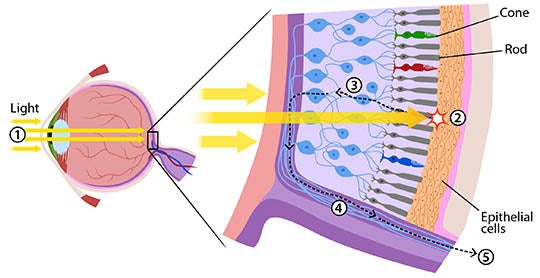
Light is allowed into the eye through the pupil and is converted to electricity by the rod and cone cells which is a visual signal sent to the brain.
Source: https://askabiologist.asu.edu/rods-and-cones
If decomposed, rhodopsin can be regenerated in darkness as the eye again attempts to adjust to its surroundings. It can take over half an hour for the human eye to fully regenerate Rhodopsin and have peak night vision. This is in sharp contrast to cones that only take 5 to 7 minutes to attain maximum sensitivity.
The eye being set up in this fashion is extremely beneficial. The pupil allows in a regulated amount of light and the discs containing rhodopsin or photopsin are continually recycled. This ensures your visual system remains healthy. The discs are next to the epithelial cells (retinal pigmented epithelium: RPE) in the back of the eye. This makes it so that parts of the RPE are easily carried away. RPE is also able to take in scattered light. This clarifies your vision for a much cleaner image. Light can have damaging effects on the eye and having the pupil limiting light with the rods and cones at the back of the eye helps to protect them from damaging amounts of light.
Why is this Important?
It is no secret that a large portion of crime happens under the cover of darkness. While we prefer to train when it is 70 degrees and sunny, we must realize that it is likely we could get into an engagement in the dark. If we understand the eye and how it functions we can better prepare ourselves and allow ourselves to see what we need to see.
One tip that helps us protect our night vision is to wear sunglasses during the day. A few hours of bright exposure can increase the time it takes the eye to adjust to darkness by as much as 10 minutes. Wearing sun glasses will reduce the brightness over extended periods and help protect your night vision.

Tinted eye protection is a great way to protect your night vision as well. Photo Credit: @sweetmarlena87
Before going into a low light environment, wearing red lenses for 20-30 minutes will help improve night vision as the rods do not react to the color red. This is also why there are often red filters used on military lights to allow for a small amount of light that is not easily visible at a distance. Lowering the brightness on electronic devices also helps reduces the amount the eye has to adjust. Also realize the effect of light on an aggressor.
Situational Awareness
By maximizing our natural night vision we are enabling ourselves to have better situational awareness and may be able to simply avoid an incident all together. However, when necessary light can also be used as a positive tool just light during transitions between white and IR light with NVGs.
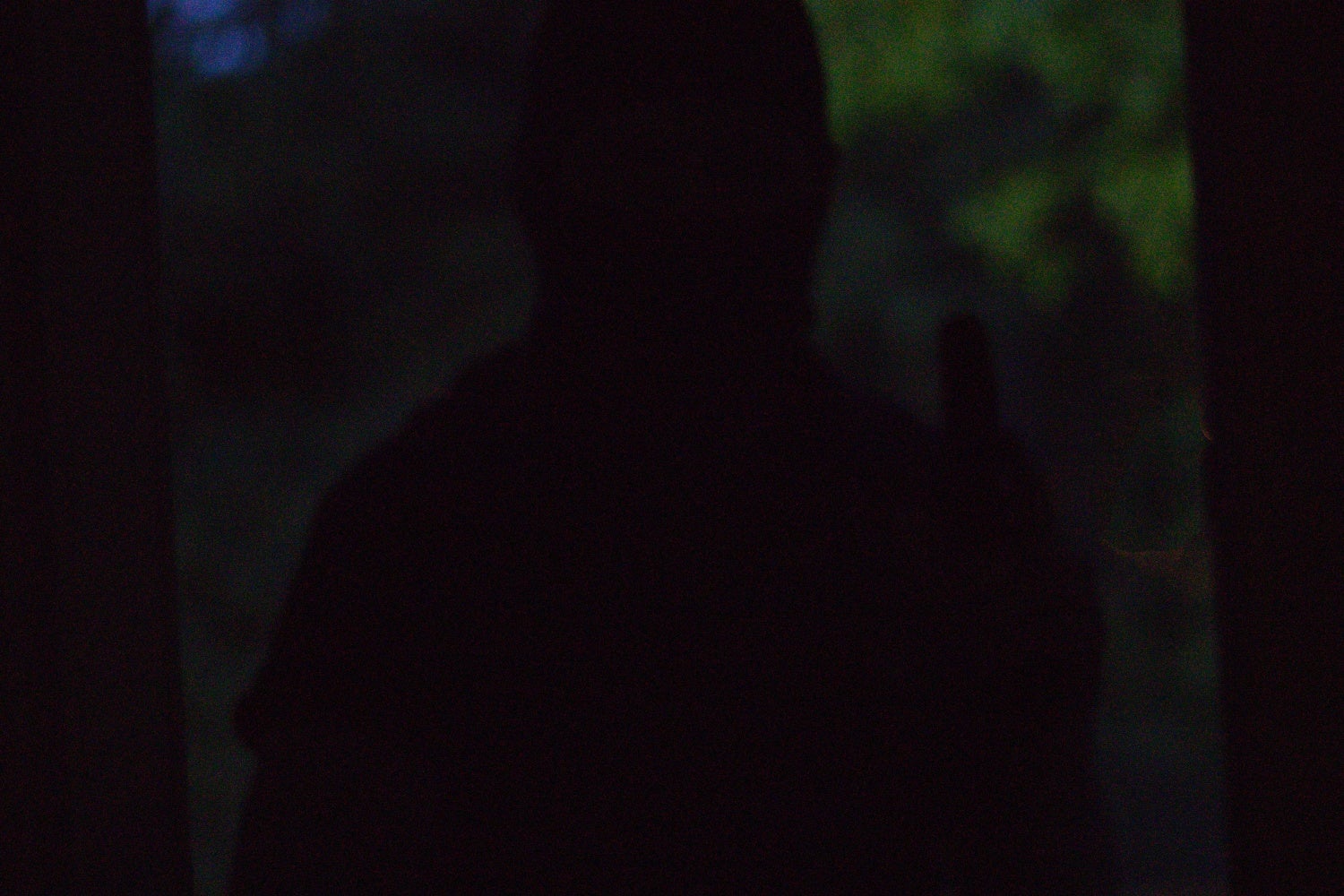
Seeing what you need to see is important when assessing unknowns. Photo Credit: @sweetmarlena87
Light will also negatively impact the rods in your opponent’s eyes and can help provide you with an advantage. Carrying a quality light with a good hot spot will also help with controlling an unknown or a known threat.

Putting the hot spot of the light in the eyes of the unknown and using the spill to assess what is in their hands can be an effective use of a light. Photo Credit: @sweetmarlena87
What’s Up Doc?
How do carrots affect your eyes? From what grandma told you growing up you probably thought you would get super vision powers from eating them. Photoreceptors contain a pigment molecule called retinal. Light enters the eye in the form of photons which is absorbed by retinal. Through this process retinal is destroyed. Vitamin A is needed to regenerate retinal. While carrots provide vitamin A and this is healthy for your eyes, getting vitamin A from carrots or other foods will help with eye health but will not improve vision clarity.
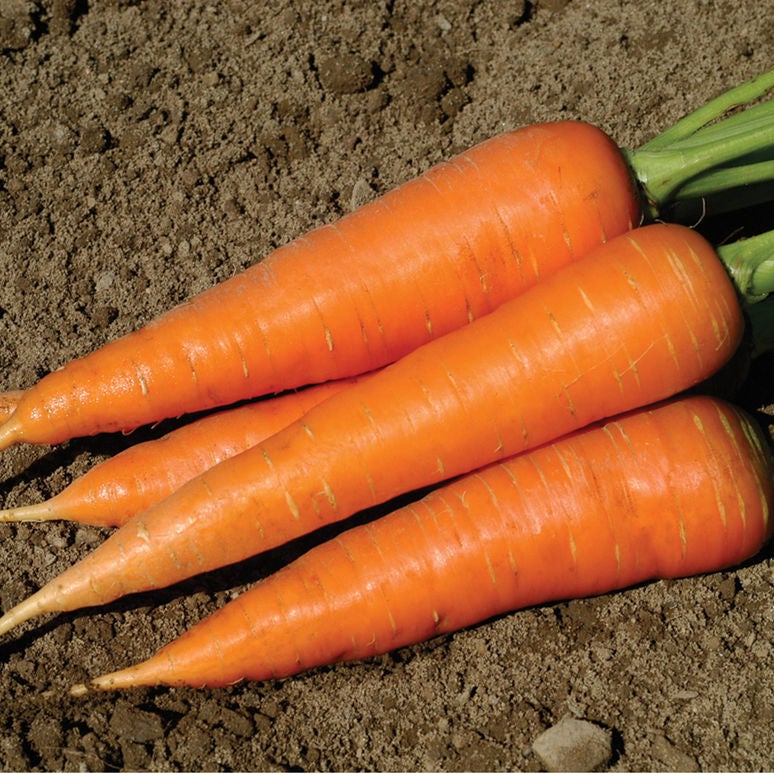
Source: http://www.johnnyseeds.com/vegetables/carrots/main-crop-carrots/hercules-pelleted-f1-carrot-seed-2735JP.html
Conclusion
We often don’t think of getting enough vitamin A, not smoking, or wearing sunglasses outdoors as a tactical decision. However, each of these factors help improve eye health and together will increase our night vision and give us an advantage.

A normal pocket dump does not contain night vision. Whether running aided or natural night vision, understanding how the eye works and taking small steps to maximize ocular health will provide you with an advantage. Photo Credit: @sweetmarlena87
 Your Privacy Choices
Your Privacy Choices
